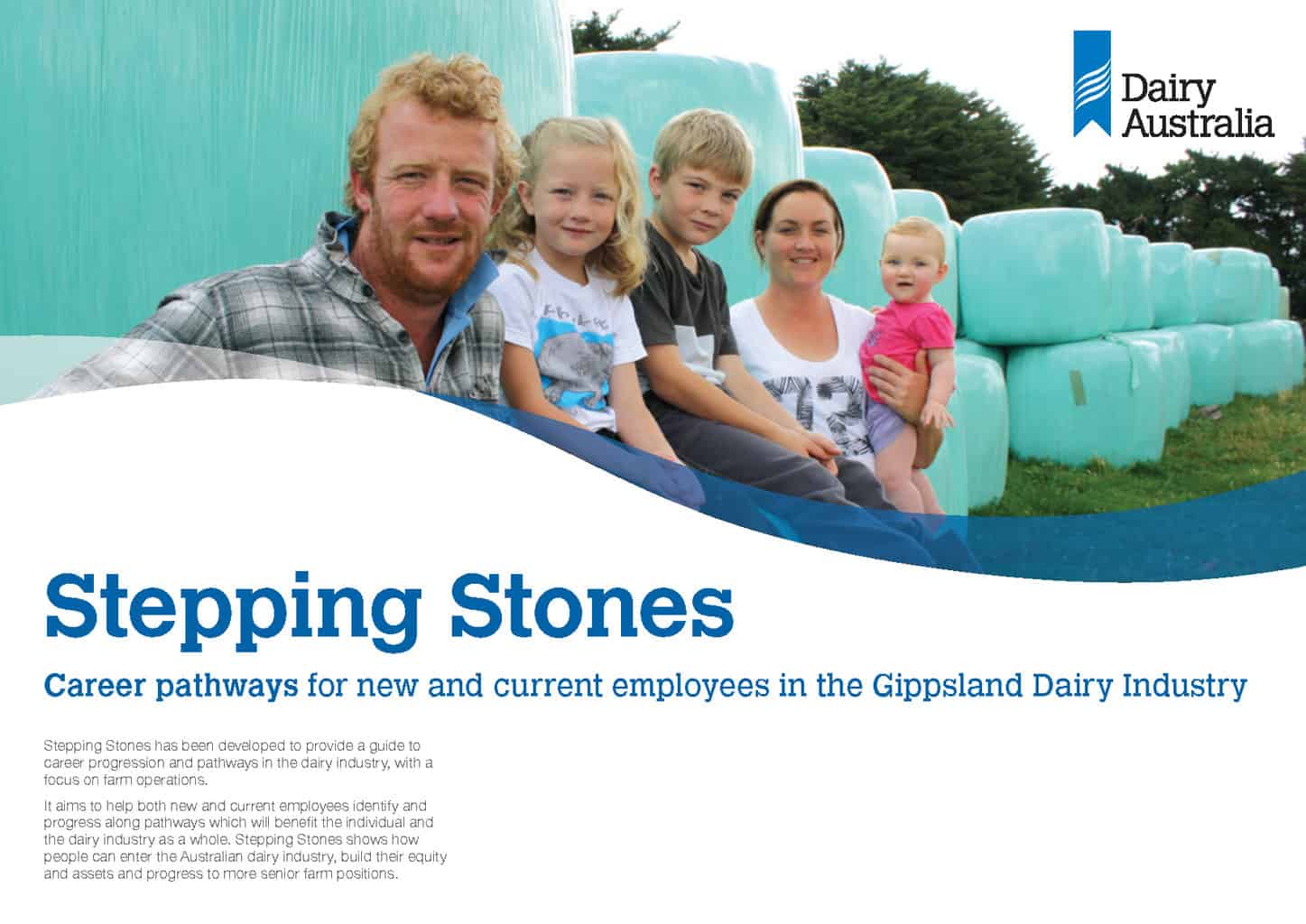In September 2015 Dr Matthew Hallowell will be speaking at the National Convention of the Safety Institute of Australia. Hallowell is a bit of an unknown to the Australian occupational health profession so SafetyAtWorkBlog posed a couple of questions to him as an introduction.
SAWB: Is it possible to establish trust and open communication in a company or industry sector, that has a fractious industrial relations relationship with trade unions?
MH: “This is a truly fundamental question to the industry that applies broadly to all project management functions, not just safety.
I think trust can be developed more easily in the context of safety (rather than productivity, for example) because safety involves altruism. I think trust is most dependent on the extent to which the various organizations on a project are willing, able, and encouraged to work together to solve a problem regardless of the contract structure.
In my opinion, integrated project delivery and design-build project delivery methods offer us a new opportunity to work together and build trust because there are more shared objectives and shared incentives.
The traditional lump-sum, design-bid-build contracting strategies with typical regulations around the world (e.g., OSHA that places safety responsibility solely on the contractors and subs), severely limits the opportunity to work together on any one goal.”

 The Australian Council of Trade Unions (ACTU) commences its
The Australian Council of Trade Unions (ACTU) commences its 
 However according to Stepping Stones only some dairy roles have an overt occupational health and safety obligation.
However according to Stepping Stones only some dairy roles have an overt occupational health and safety obligation.